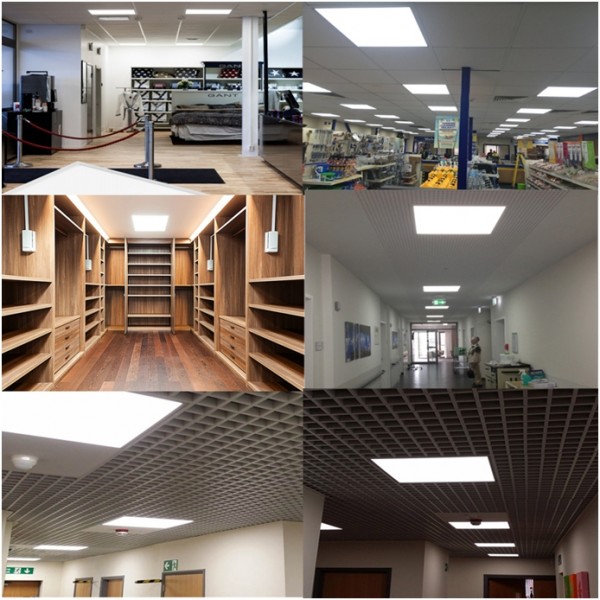LED panel lights are generally reliable and energy-efficient, but they do have some common problems, including:
1. Color Temperature Variation: Different batches of LED ceiling lights can have varying color temperatures, leading to inconsistent lighting in a space.
2. Flickering: Some LED lights may flicker, especially when used with incompatible dimmer switches or if there are issues with the power supply.
3. Overheating: While LEDs generate less heat than traditional bulbs, poor heat dissipation can lead to overheating, which can shorten their lifespan.
4. Driver Issues: LED lights require drivers to regulate voltage and current. If the driver fails, the LED may not function properly.
5. Dimming Compatibility: Not all LED lights are compatible with dimmer switches, which can lead to flickering or buzzing sounds.
6. Limited Lifespan in Certain Conditions: While LEDs have a long lifespan, extreme temperatures or humidity can affect their performance and longevity.
7. Initial Cost: Although prices have decreased, the initial cost of LED panel lamps can still be higher than traditional bulbs, which may deter some consumers.
8. Light Quality: Some lower-quality LED lights may produce harsh or unflattering light, which can be undesirable in certain settings.
9. Environmental Concerns: While LEDs are energy-efficient, they do contain small amounts of hazardous materials like lead and arsenic, which can be a concern if not disposed of properly.
10. Incompatibility with Existing Fixtures: Some LED bulbs may not fit well in existing fixtures, especially if they are larger or have different base types.
Addressing these issues often involves selecting high-quality products, ensuring compatibility with existing systems, and following proper installation guidelines.
Post time: Mar-12-2025







